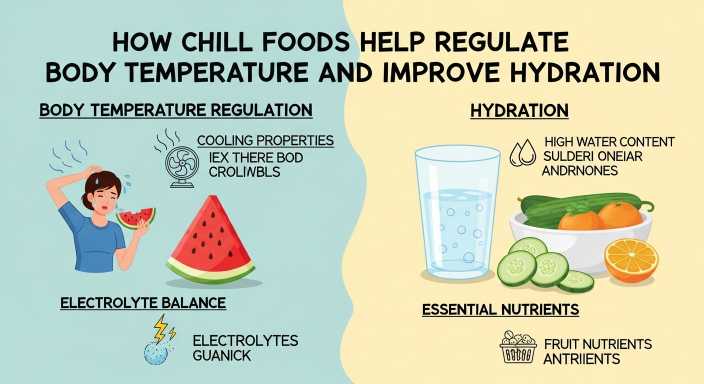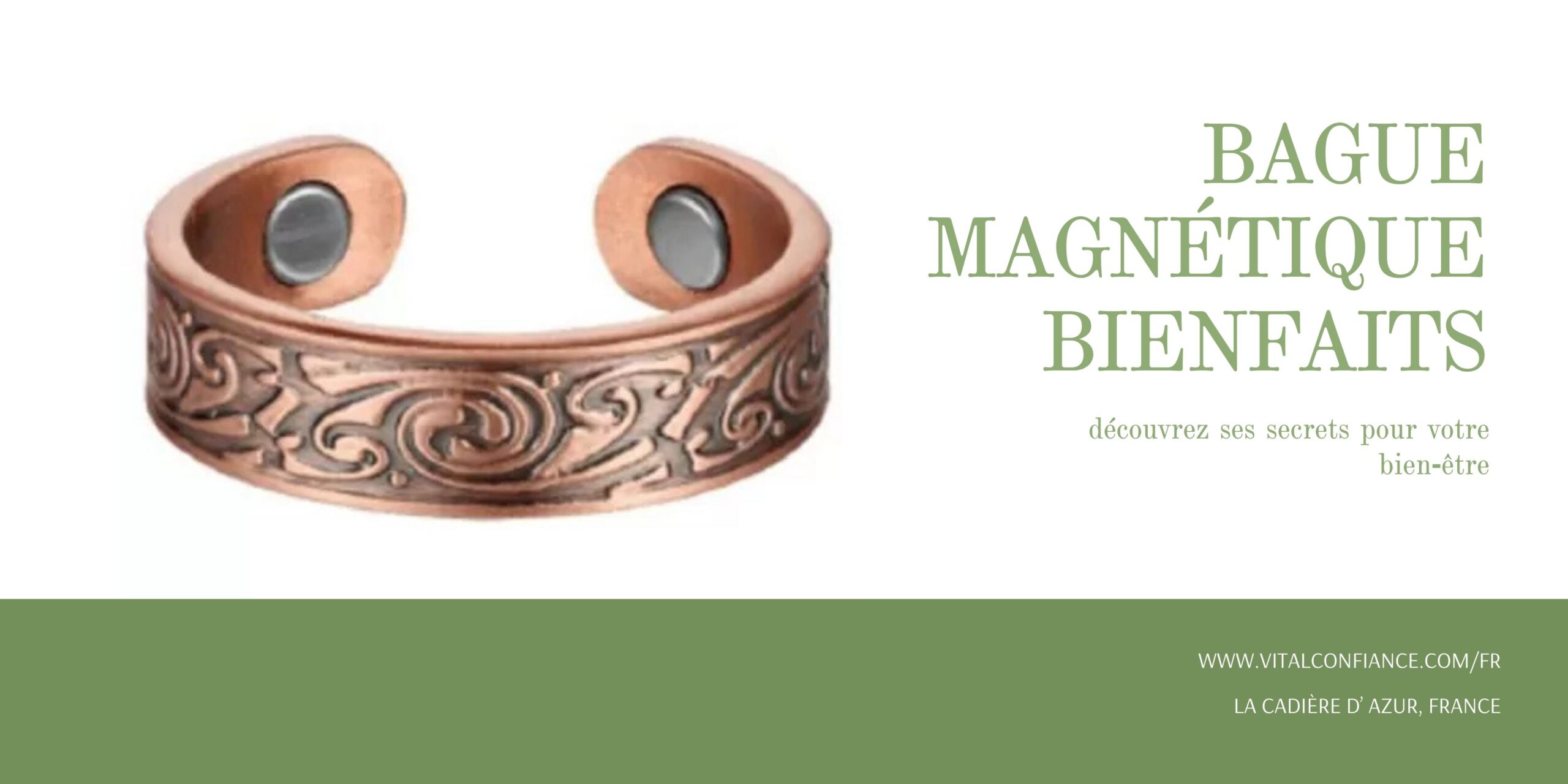When the temperature rises or your body feels overheated, reaching for the right foods can make a significant difference. Chill foods aren’t just refreshing—they play a crucial role in maintaining your body’s internal climate and keeping you properly hydrated. Understanding how these cooling options work can transform the way you approach nutrition, especially during warmer months or after intense physical activity. Whether you’re looking for chill food options to beat the heat or simply want to support your body’s natural temperature regulation, this guide will reveal everything you need to know.
The Science Behind Body Temperature Regulation
Your body works tirelessly to maintain a core temperature of around 37°C (98.6°F). This process, called thermoregulation, involves complex mechanisms including sweating, blood flow adjustments, and metabolic changes. When you consume cooling foods, you’re actually supporting these natural processes. These foods typically have high water content, provide essential electrolytes, and require less energy to digest—all factors that contribute to keeping your internal temperature stable.
How Chill Foods Help Regulate Body Temperature
Cold and cooling foods directly impact your body’s thermal management system. When you eat refrigerated items, your digestive system works to bring them up to body temperature, which creates a cooling effect. Additionally, many of these foods contain compounds that promote vasodilation—the widening of blood vessels—allowing heat to escape more efficiently through your skin. This natural cooling mechanism becomes particularly valuable during summer months or after exercise when your body temperature naturally elevates.
Top Hydrating Properties of Cooling Foods
Hydration isn’t just about drinking water. Many chill foods contain up to 95% water content, making them excellent sources of fluid intake. Cucumbers, watermelon, lettuce, and celery are prime examples. These foods release water slowly as they’re digested, providing sustained hydration throughout the day. The water in these foods also comes packaged with vitamins, minerals, and fiber that plain water doesn’t offer, making them superior hydration sources in many ways.
Electrolyte Balance and Temperature Control
When you sweat, you lose more than just water—you lose essential electrolytes like sodium, potassium, and magnesium. Many cooling foods naturally replenish these vital minerals. Coconut water, yogurt, bananas, and leafy greens provide the electrolytes your body needs to maintain proper fluid balance. This balance is crucial for temperature regulation because electrolytes help control how water moves in and out of your cells, affecting your body’s ability to cool itself efficiently.
Best Chill Foods for Natural Cooling
Certain foods have earned their reputation as body coolers. Mint naturally stimulates cold-sensitive receptors in your mouth, creating an instant cooling sensation. Yogurt contains probiotics that support digestion while providing protein and hydration. Citrus fruits like oranges and grapefruits offer high water content plus vitamin C. Leafy greens require minimal digestive energy, preventing the heat production that comes with processing heavier meals. Including a variety of these options in your diet ensures comprehensive cooling benefits.
The Role of Water-Rich Vegetables
Vegetables with high water content serve double duty in temperature regulation. Tomatoes, zucchini, bell peppers, and radishes provide both hydration and essential nutrients without generating excessive metabolic heat during digestion. These vegetables also contain antioxidants that protect your cells from heat-related stress. Raw preparations maximize their cooling properties, though lightly steamed versions still retain significant benefits.
Fruits That Keep You Cool and Hydrated
Nature’s original cooling system comes in the form of juicy fruits. Watermelon leads the pack with 92% water content, followed closely by strawberries, cantaloupe, and peaches. These fruits provide natural sugars for quick energy without the inflammatory effects of processed sweets. Their high fiber content also slows sugar absorption, preventing the energy crashes that can make you feel even more drained in hot conditions.
Herbs and Spices with Cooling Effects
It might seem counterintuitive, but certain spices actually help cool your body. Peppermint, coriander, fennel, and even moderate amounts of chili peppers can trigger sweating, which cools you down as it evaporates. These herbs and spices also reduce inflammation and support digestive health, making your body more efficient at processing foods without generating excess heat.
Timing Your Cool Food Intake
When you eat matters as much as what you eat. Consuming larger portions of chill foods during the hottest parts of the day helps counteract external heat. Eating lighter, cooling meals in the evening supports better sleep by preventing the temperature spike that comes with digesting heavy dinners. Starting your morning with hydrating fruits sets a positive tone for your body’s temperature management throughout the day.
Avoiding Foods That Generate Heat
Understanding which foods to minimize is equally important. Heavily processed foods, excessive proteins, and high-fat meals require significant digestive effort, generating internal heat. Alcohol and caffeine can interfere with hydration and temperature regulation. Fried foods and refined sugars create inflammatory responses that make your body work harder to maintain balance. Moderating these items, especially during hot weather, allows your natural cooling systems to function optimally.
Creating Balanced Cooling Meals
The key to maximizing the benefits of chill foods lies in thoughtful combination. A salad with leafy greens, cucumber, tomatoes, and a yogurt-based dressing provides hydration, electrolytes, and cooling properties. Smoothies blending frozen fruits with mint and coconut water deliver instant refreshment. Cold soups like gazpacho combine multiple cooling vegetables in one satisfying meal. These combinations ensure you’re getting comprehensive nutritional support while staying cool and hydrated.
Incorporating how chill foods help regulate body temperature and improve hydration into your daily routine doesn’t require dramatic lifestyle changes. Simple swaps—choosing a fruit bowl over chips, selecting cold-pressed juices over sugary drinks, or adding cucumber slices to your water—create meaningful impacts. Your body’s natural intelligence responds beautifully when given the right tools, and cooling, hydrating foods are among the most effective tools available for maintaining optimal temperature and fluid balance.
Frequently Asked Questions
What foods naturally lower body heat?
Cucumbers, watermelon, mint, coconut water, and leafy greens naturally lower body heat due to their high water content and cooling properties. These foods require minimal digestive effort and provide hydration while promoting efficient heat dissipation through your skin.
Can eating cold items really help with hydration?
Yes, consuming items with high water content significantly contributes to your daily fluid intake. Many provide better hydration than water alone because they include electrolytes, vitamins, and minerals that help your body retain and utilize fluids more effectively.
Which fruits are best for staying hydrated?
Watermelon, strawberries, cantaloupe, oranges, and grapefruits top the list for hydration. These fruits contain 85-92% water and provide natural sugars, vitamins, and antioxidants that support overall health while keeping you refreshed.
How does yogurt help with body temperature?
Yogurt contains probiotics that support efficient digestion, reducing the metabolic heat generated during food processing. Its protein content provides sustained energy without the temperature spike associated with heavier proteins, and it’s naturally cooling when consumed cold.
Should I eat differently in hot weather?
Absolutely. During hot weather, shift toward lighter meals with high water content, consume more raw vegetables and fruits, eat smaller portions more frequently, and avoid heavy, processed foods that generate excess internal heat during digestion.
Do spicy foods actually cool you down?
Paradoxically, yes. Spicy foods trigger sweating, and when that sweat evaporates from your skin, it creates a cooling effect. However, this works best in dry climates where sweat can evaporate easily rather than in humid conditions.
What’s the best time to eat cooling meals?
The most beneficial times are during peak heat hours (typically afternoon), before physical activity, and in the evening to support better sleep. Starting your day with hydrating fruits also sets a positive foundation for temperature management.
Can dehydration affect body temperature control?
Yes, significantly. Dehydration impairs your body’s ability to sweat effectively, which is your primary cooling mechanism. Even mild dehydration can compromise temperature regulation, making you more susceptible to heat-related stress.
Are frozen treats good for cooling down?
While frozen treats provide temporary relief, choose wisely. Frozen fruits, homemade popsicles from real juice, or frozen yogurt offer cooling benefits plus nutrition. However, sugary commercial ice creams can actually increase inflammation and interfere with hydration.
How much water content should my meals have?
Aim for meals where at least 50% of your plate consists of water-rich vegetables and fruits, especially during warmer months. This ensures adequate hydration from food sources while providing the fiber, vitamins, and minerals necessary for optimal body function and temperature control.


